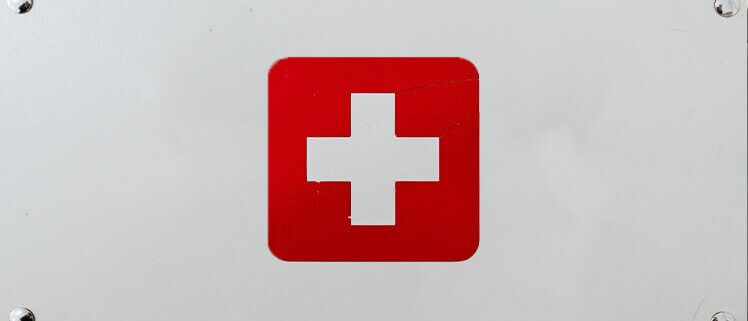Behold: The Industry Surprisingly More Dangerous Than Manufacturing
When thinking about dangerous industries, manufacturing and construction are likely to be one among the first that come to mind. Where heavy machinery is, the risk of injury is never far away. Besides the more serious injuries and accidents, sprains and aches from repetitive motions are common.
But more recently, another industry has surpassed manufacturing as one of the most dangerous fields: retail.
We know. It almost sounds unbelievable. Of course, injuries can happen anywhere — but in a store? Actually, the frazzled employees of retail, according to data from the Bureau of Labor and Statistics, are more likely to get hurt on the job than an employee working on the factory floor.
Where’s the risk?
Let’s look at the numbers. BLS reports the rate of nonfatal workplace illness and injury among retail workers had been falling steadily since 2004. Then, they saw an uptick in 2018 when there were 3.5 injuries or illnesses per every 100 workers — up from 3.3 per 100 workers in 2017. Meanwhile, manufacturing saw 3.4 illnesses or injuries per every 100 workers.
To put it in perspective, injuries or illnesses in retail went up 4 percent to 409,900 and were most commonly caused by equipment, slips and falls, or overexertion.
To go further, the LA Times did a review of the BLS data and found pet supply stores to be the riskiest establishment, with about seven injuries reported per every 100 workers. Following close behind, employees working in home furnishings and building materials were also at an increased risk.
Retail injury costs everyone involved
Workplace illnesses and injuries have a major impact on your clients’ bottom line. OSHA estimates that employers pay almost $1 billion per week for direct workers’ compensation costs alone, and illness-related lost productivity costs companies another $530 billion per year, according to a report from the Integrated Benefits Institute. But these costs are direct and indirect.
Direct costs include:
- Workers’ compensation payments
- Medical expenses
- Legal services
Indirect costs include:
- Replacement employee training
- Accident investigations
- Implementation of corrective measures
- Lost productivity
- Damage repairs to equipment & property
- Lowered morale
Your clients can prepare
Although there are some risks your retail clients will face that can never be expected, some basic precautions can reduce risks. For slips and falls, make sure warning signs are displayed for spills, and the safest possible cleaning products are used. Replace any ‘danger zones’ like frayed or torn carpet, and make sure employees wear slip-resistant shoes. To avoid the all-too-common employee overexertion, your clients should review basic lifting techniques for handling inventory. Leaders can also optimize employee schedules during busier seasons to give their team appropriate breaks to reduce fatigue.
Your clients — retail or otherwise — can maintain a safe work environment by thoroughly auditing their processes and finding holes that can be filled. By keeping proper planning and training at the forefront, they can keep injuries down and team productivity high.
Ready to protect your clients from risk? Workplace Safety from ThinkHR includes access to over 125 online safety courses to prepare them for whatever risk their industry attracts. Request a consultation to get access for your clients!


